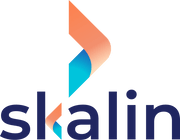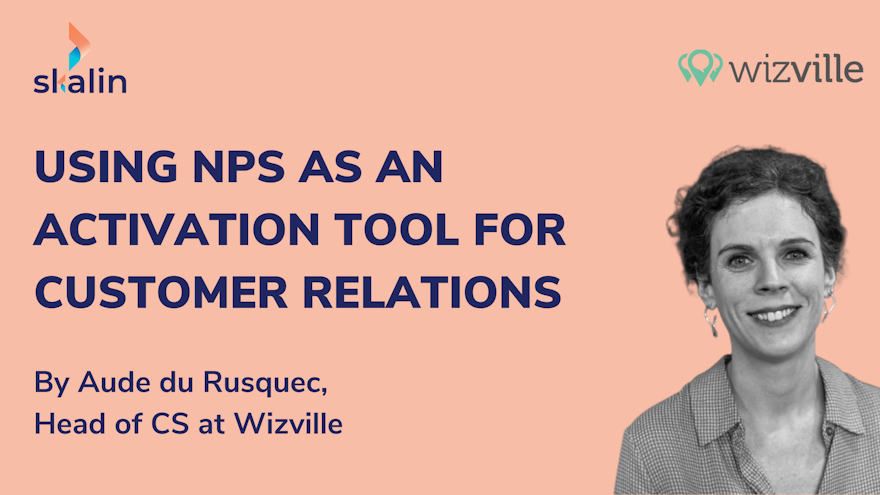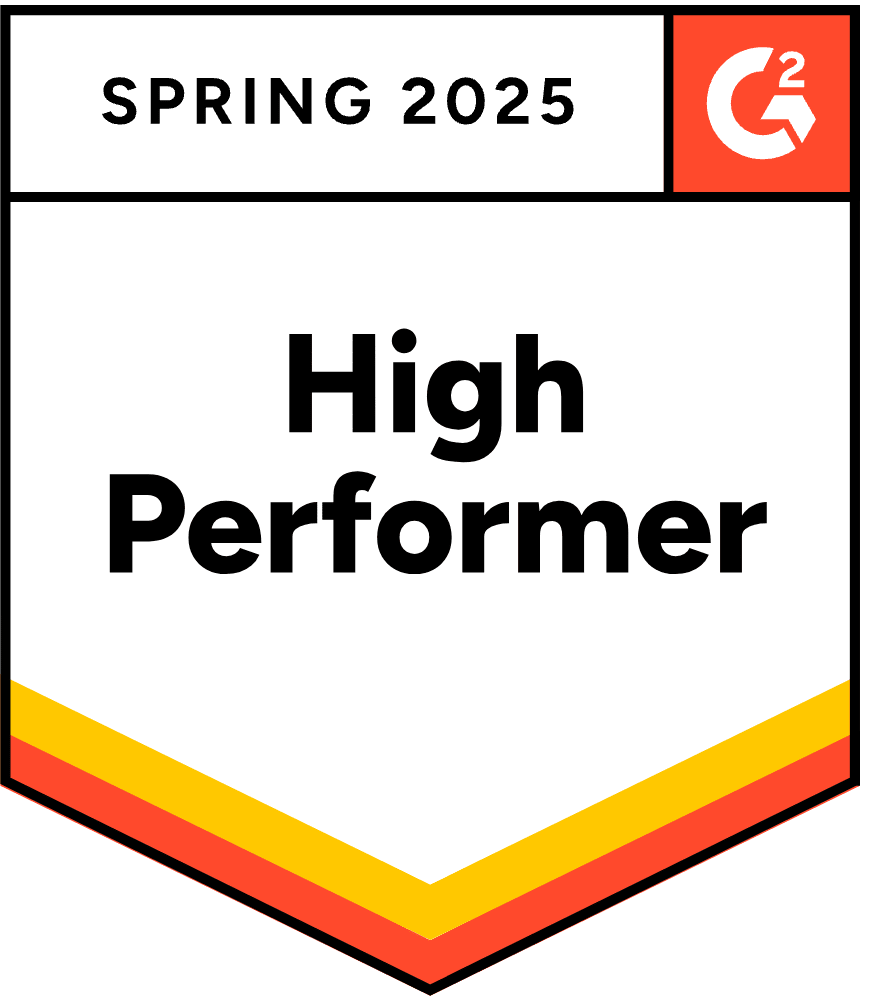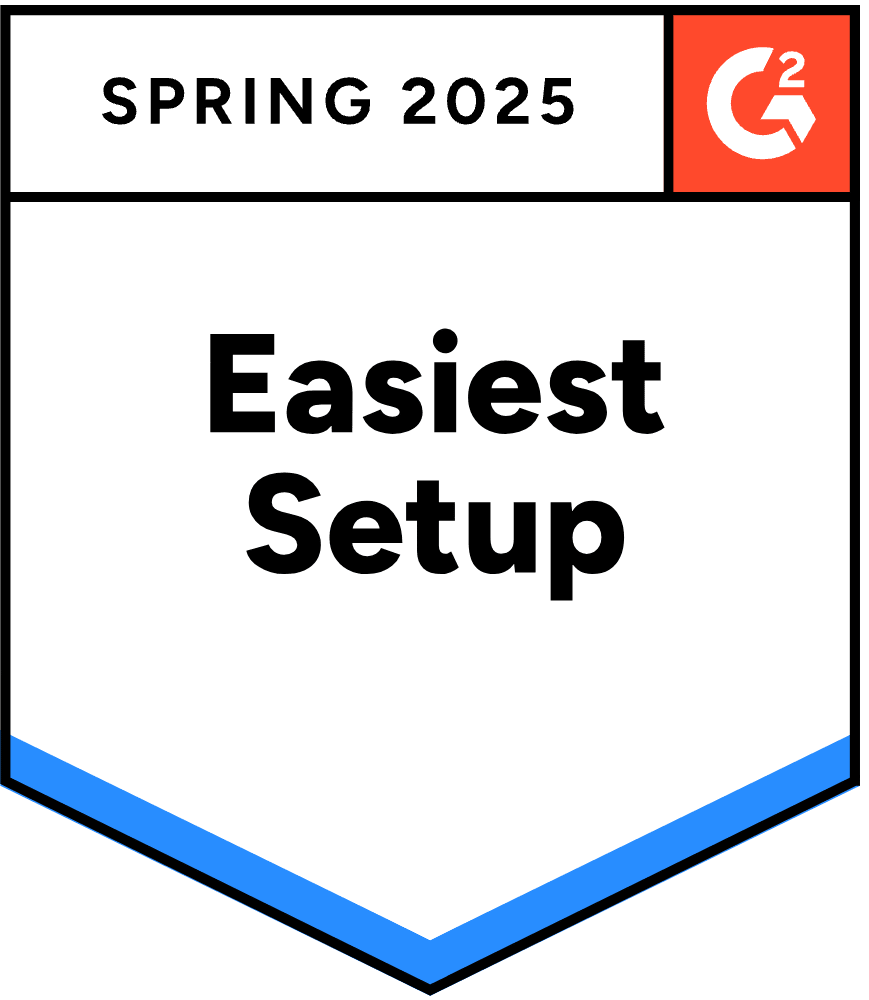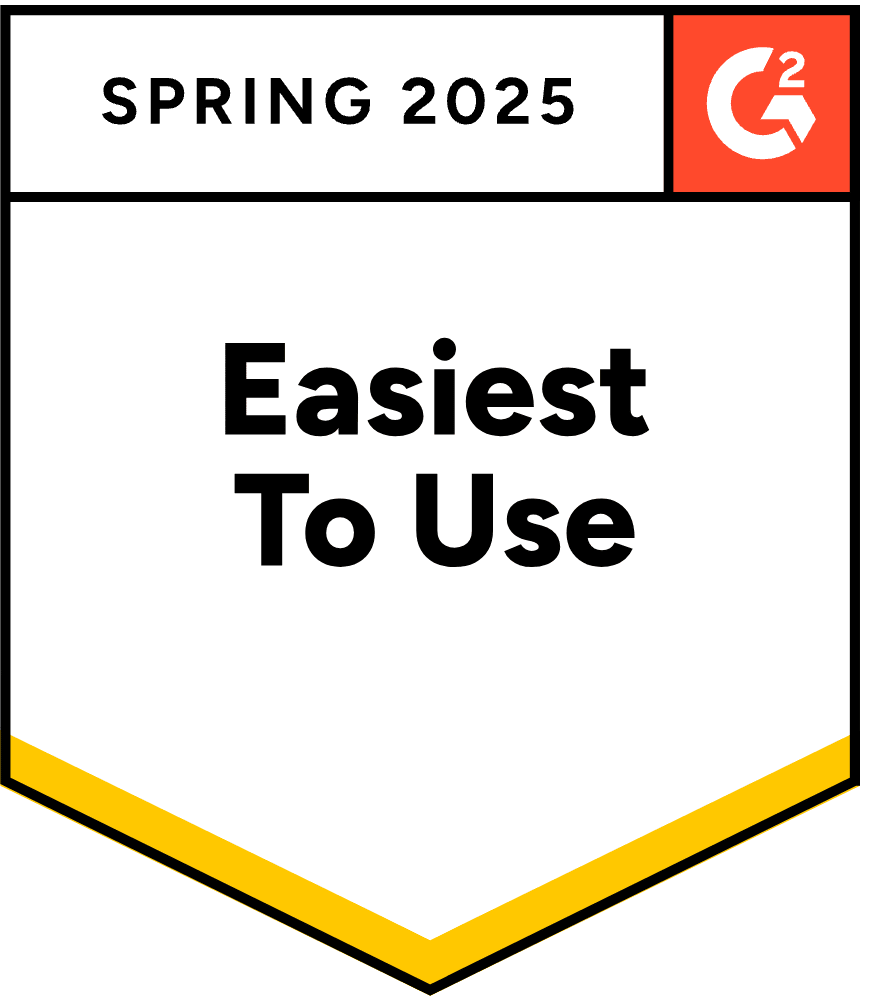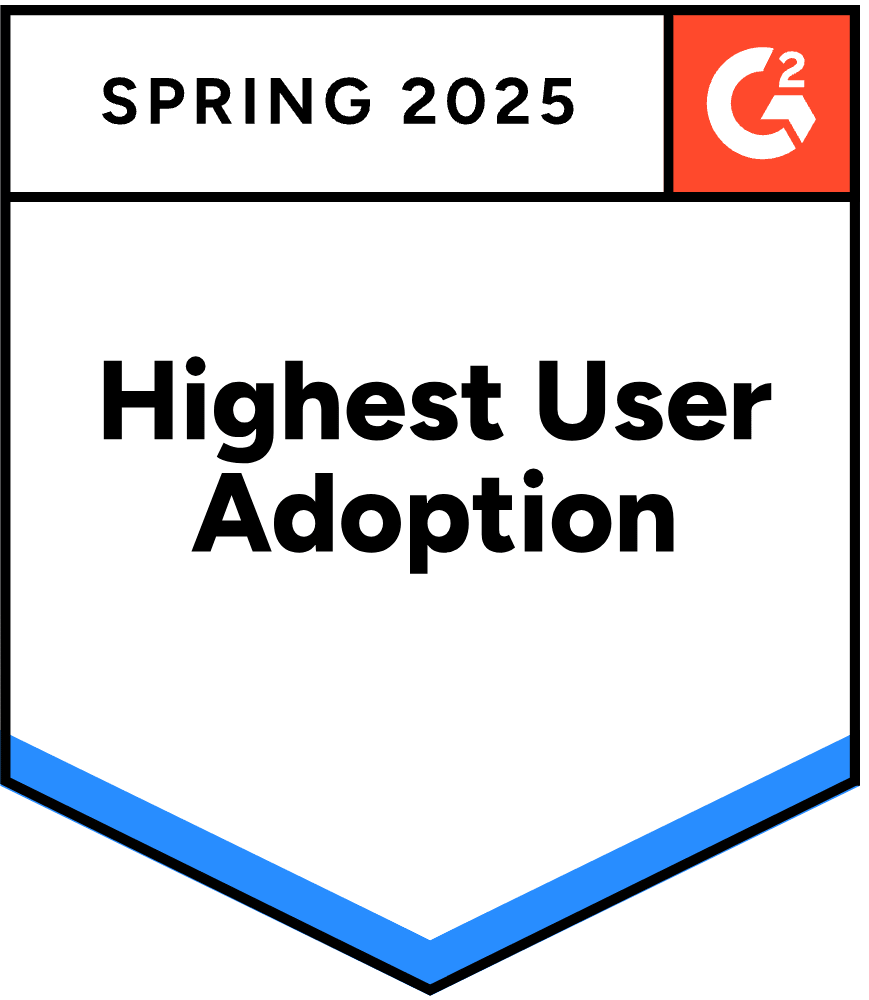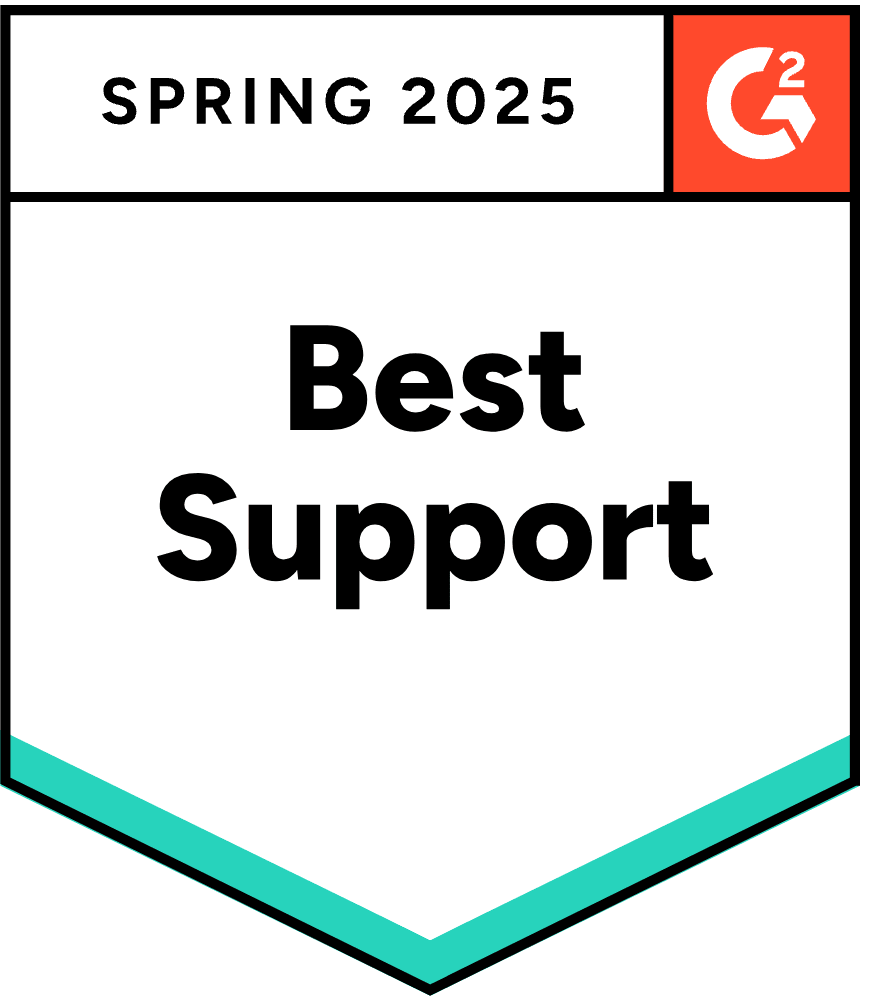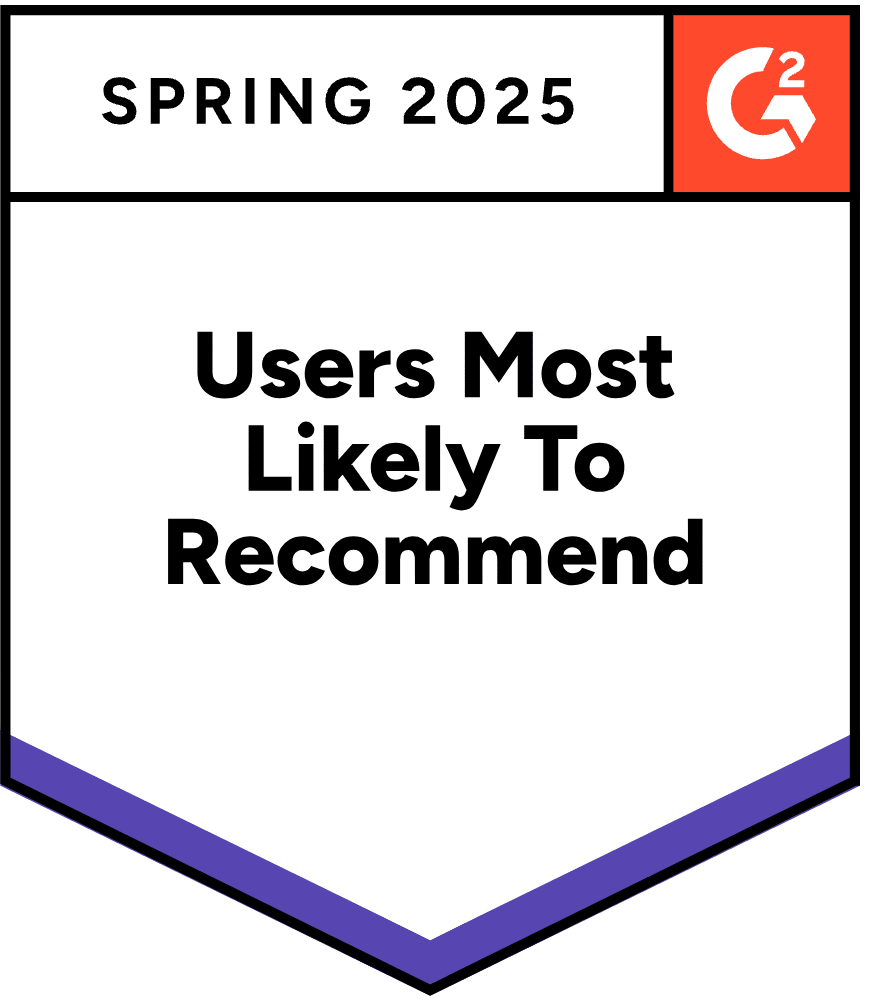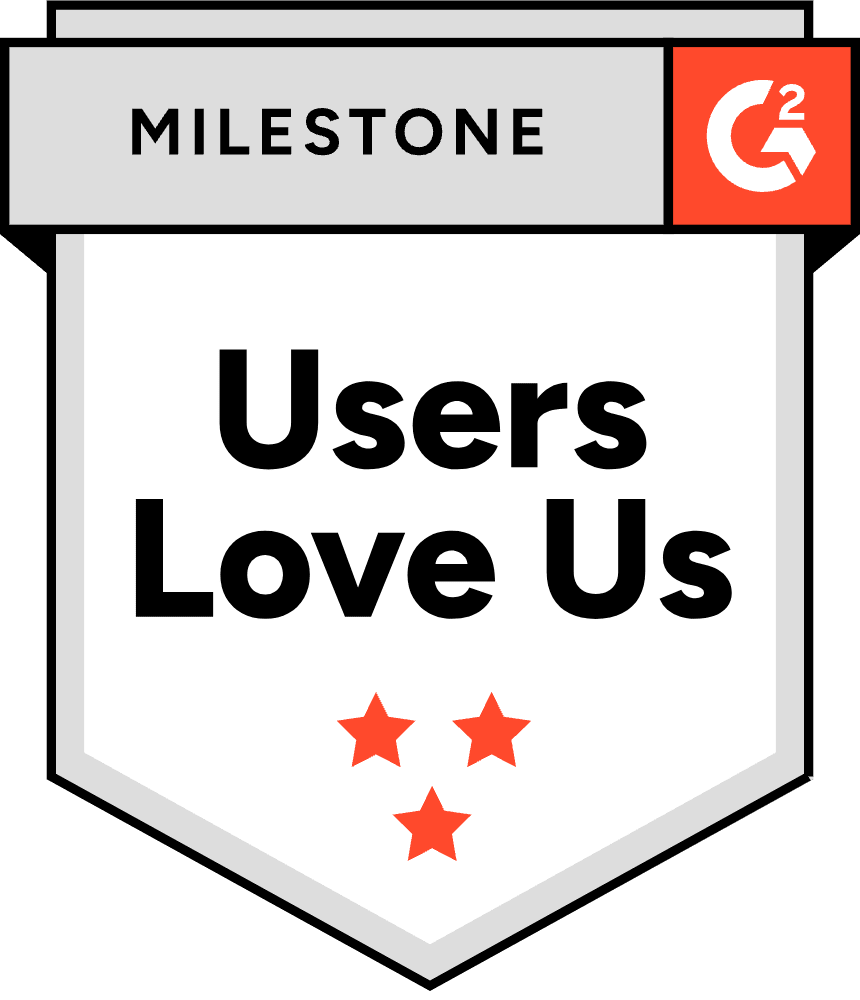The Net Promoter Score (NPS) has solidified its position as a leading metric for evaluating customer satisfaction. Nonetheless, this metric often faces criticism for its lack of actionable insights. To address this concern, Aude, Head of Customer Success at Wizville, offers invaluable guidance on transforming the NPS into a practical tool for operational teams.
Could you please provide an introduction to Wizville and outline your role within the company?
WizVille offers a Software as a Service (SaaS) solution designed to empower companies in managing their customer satisfaction and online reputation. Presently, we serve over 75 companies primarily within the retail sector, assisting more than 25,000 users in gaining deeper insights into their customers, enhancing their overall customer experience, and optimizing their online reputation.
In my capacity as Head of Customer Success, I oversee a team of 7 people, organised across three key areas: Onboarding, Customer Success Management (CSM), and Support. Our approach is mainly high-touch, as we engage closely with users at various levels within their organisations, including management, headquarters, regional offices, field personnel, and customer service teams.
Could you provide a brief overview of the NPS principle?
The Net Promoter Score (NPS) is a widely adopted metric utilized by companies to gauge customer likelihood to recommend. It typically involves asking a question along the lines of, "How likely are you to recommend [Company Name] to your friends, colleagues, or family members?" on a scale from 0 to 10. Subsequently, respondents are categorized into three groups:
Promoters: Those who respond with a 9 or 10.
Passive: Individuals who rate between 7 and 8.
Detractors: Those who score from 0 to 6.
The NPS is derived by subtracting the percentage of detractors from the percentage of promoters. This computation yields a score that ranges between -100 and +100, offering insights into the organization's performance level.
What, in your view, are the strengths and weaknesses of NPS?
The Net Promoter Score (NPS) has become ubiquitous across industries and regions within the corporate landscape. Its primary virtue lies in its ability to distill complex considerations into a single, easily understandable metric. Initially intended to aid companies in benchmarking their performance against the market (although access to benchmarks is crucial), the NPS also facilitates the tracking of performance trends over time, offering valuable insights into the efficacy of strategies aimed at enhancing customer satisfaction.
Nevertheless, the NPS, being a global Key Performance Indicator (KPI), presents challenges when used in isolation. While it provides a snapshot of performance trends, it falls short in providing actionable insights. It is imperative to delve deeper into understanding the underlying reasons behind performance fluctuations to enact meaningful change. In my view, supplementing the NPS with more detailed inquiries assessing satisfaction across key touchpoints in the customer journey and/or various products offered can enrich the understanding of customer sentiment and guide strategic decision-making more effectively.
I sometimes get the impression that while NPS is used for analyzing internal performance, it may not always be effectively integrated at the operational level. How do you perceive this issue?
Indeed, if we focus solely on the NPS question, its utility at the operational level can be challenging. Given its broad scope, operational teams may struggle to perceive it as a direct measure of their performance. While the NPS offers a holistic view encompassing support, guidance, and product-related aspects, its generic nature may not fully resonate with operational teams seeking specific performance insights.
To address this limitation, integrating the NPS within a comprehensive satisfaction questionnaire proves beneficial. Such an approach enables the identification of strengths and areas for improvement throughout the customer journey and product functionalities.
At WizVille, we've implemented our own satisfaction survey incorporating the NPS. This tool serves as a means to gauge customer satisfaction on both individual account levels and across the board. By analyzing the feedback, we can pinpoint areas for enhancement in specific features as well as broader product functionalities. We believe in transparency and accountability, which is why we share these findings company-wide on a monthly basis, recognizing that customer satisfaction is a collective responsibility extending beyond the CS teams.
Could you offer any insights on how to effectively use the NPS to drive actionable outcomes?
It's ideal to commence your questionnaire with the NPS, followed by an open-ended question prompting respondents to elucidate the rationale behind their score. These comments offer valuable insights into customers' perceptions.
Additionally, I recommend integrating satisfaction inquiries at pivotal junctures throughout the customer journey. Consistency in question format across these checkpoints facilitates meaningful comparisons. Personally, I advocate for rating scales ranging from 0 to 10, akin to the NPS, as they furnish detailed responses and facilitate tracking of changes over time. Through these nuanced questions, you can identify strengths, pinpoint areas for improvement, and monitor the efficacy of implemented measures.
At WizVille, leveraging such a survey has empowered our CS team to proactively suggest device optimizations to enhance user satisfaction in the field. Moreover, our product teams have gleaned insights to drive relevant developments benefiting all customers. This approach enables all stakeholders to contribute to customer satisfaction improvement efforts by analyzing pertinent indicators within their purview.
What, in your opinion, is the optimal frequency for collecting NPS data?
The ideal frequency for collecting NPS data varies depending on your industry and the duration of contracts with your customers. For continuous services like ours, it's crucial to gather feedback regularly while ensuring clients don't feel inundated with requests. Consequently, we've implemented a strategy of soliciting feedback two months after account creation to assess post-onboarding satisfaction. Following this initial phase, we conduct feedback surveys every six months to track satisfaction evolution semi-annually. This approach enables us to collect opinions on our solution on a daily basis, while facilitating monthly global analyses and client-specific assessments every six months.
What return rates are typical in B2B, and what strategies can be employed to increase response rates?
In B2B, response rates typically fall below those seen in B2C. When reaching out to customers via email, it's common to achieve a rate of 10%-12%. It's worth noting that this rate often starts higher but may decrease after several follow-up requests. To boost response rates, it's crucial to communicate to customers that the survey aims to enhance their experience, emphasizing the value it brings.
The questionnaire should be designed for quick completion, ideally taking less than a minute with no more than 8-10 questions. Questions should be clear, straightforward, and tailored to the customer's profile. If certain questions aren't relevant to all customers, employ specific display conditions accordingly. Striking a balance between questionnaire length and relevance is essential to ensure actionable insights can be derived effectively.
What are the most effective channels for soliciting feedback?
Today, email solicitation stands out as the most effective channel for gathering feedback. However, to maximize response volume and capture specific insights, employing multiple channels can be beneficial. I recommend using email to gauge the overall customer experience, while complementing it with additional channels such as pop-ins or notification banners on the platform and/or mobile app to gather more targeted feedback on navigation or specific features.
It's crucial to distinguish between the sources of feedback since satisfaction levels may not always be directly comparable across channels. Typically, spontaneous feedback channels like pop-ins, banners, or web buttons tend to elicit more negative feedback compared to email solicitations sent to all customers. This is because dissatisfied customers or those encountering specific issues are more inclined to express their concerns through these channels.
How should one respond to negative NPS feedback?
I would say there are two levels of action depending on your analysis:
- If you receive a negative review that highlights a specific issue, it's important to respond to that customer with an apology and/or an explanation. Responding constructively demonstrates to the customer that their opinion matters to you, and it provides an opportunity to address their concerns and potentially re-engage them.
- If multiple customers report similar problems, it's crucial not only to respond to each of them individually but also to take corrective action to prevent the issue from recurring.
Regardless of the situation, it's essential to maintain objectivity and not take negative feedback personally. Instead, view dissatisfaction as an opportunity for improvement. Identifying and addressing areas of concern highlighted by feedback can lead to enhancements that strengthen customer loyalty in the long run.
At times, responses may present contradictions, even within the same account. How do you address this scenario?
I recommend implementing three levels of analysis: global, by company, and by user profile:
- Global Analysis: This level allows us to identify areas for optimisation, whether in terms of product features or general support services.
- Company-specific Analysis: By examining feedback at the company level, adjustments can be made to the system, including refinements in functionality or enhancements in service offerings.
- User Profile Analysis: This level enables the identification of variations in acceptance, sometimes even within the same company. It's essential to determine whether these differences represent isolated opinions or reflect broader user typologies. Analysing this data allows for better adaptation of solutions or communication strategies. Even if customizing the product isn't feasible, adapting support approaches based on user profiles or collaborating with company sponsors to find suitable solutions is essential.
